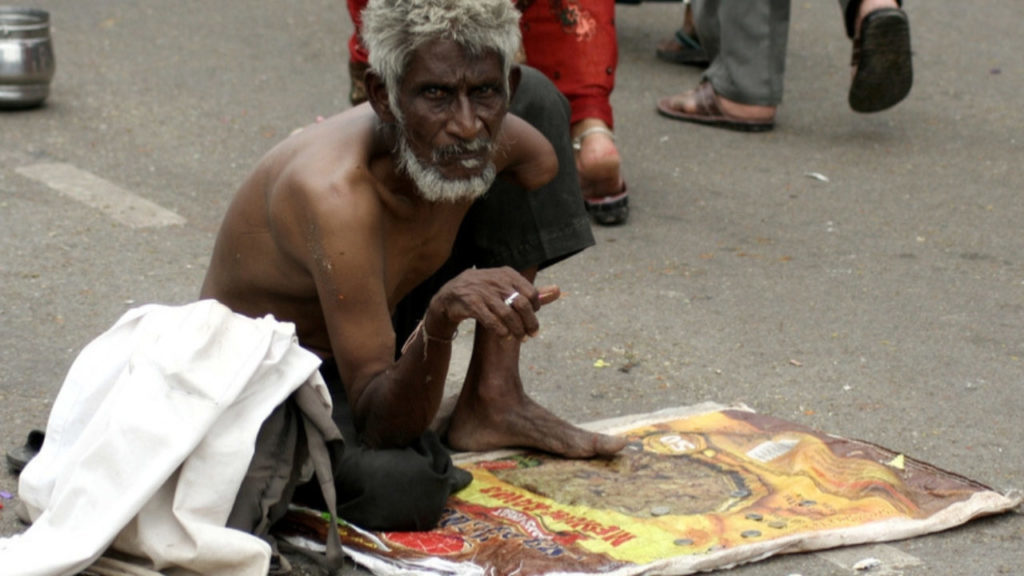Chandigarh, Delhi Are Richest Indian Cities; Hindus, Muslims Are Among Poorest In India (National Family Health Survey)

The National Family Health Survey 5 (NFHS) report has been released.
It carries vital data regarding key indicators such as population, child and maternal health, nutrition, adult health and family planning.
It found that Chandigarh has the largest number of wealthy people in India.
Contents
State-Wise Wealth Distribution
Seventy nine percent of the population in Chandigarh falls in the highest wealth quintiles, followed by Delhi (68%) and Punjab (61%).
Wealthiest households are concentrated in urban areas, with 74% of the urban population in the two highest wealth quintiles.
In contrast, more than half of the rural population (54%) falls in the two lowest wealth quintiles.
The states with the highest percentages of population in the lowest wealth quintile are Jharkhand (46%), Bihar (43%) and Assam (38%).
Religion-Wise Prosperity
The report has further found Jains to be the richest religious community in the country.
Over 80% of its population falls in the highest wealth quintile and only 1.6% fall in the lowest.
The Sikh community is close behind with 59.1% of its population falling in the highest wealth quintile.
Hindus and Muslims have the least wealth in the country – with only 19.1% Hindus and 19.3% Muslims falling in the highest wealth bracket.
Transportation Mode
Urban India prefers to travel by motorcycle the most, with 60.6% of the urban population travelling by this mode.
Next is 43% on bicycles and only 13.8% of urban India travelling by cars.
In rural india the picture is different, with the preferred mode of transport being bicycles at 54.2% and cars account for only 4.4%
About The Survey
Started in 1992-93, the latest round of the report has been released, which is the fifth.
It acts as a source for policymakers to draw from as they plan India’s course of development for the next decade.
The fieldwork was conducted in two phases, from June 17, 2019 to January 30, 2020, and again from January 2, 2020 to April 30, 2021.
Information from 636,699 households, 724,115 women and 101,839 men were gathered.
The last such survey was carried out in 2015-16.

Comments are closed, but trackbacks and pingbacks are open.